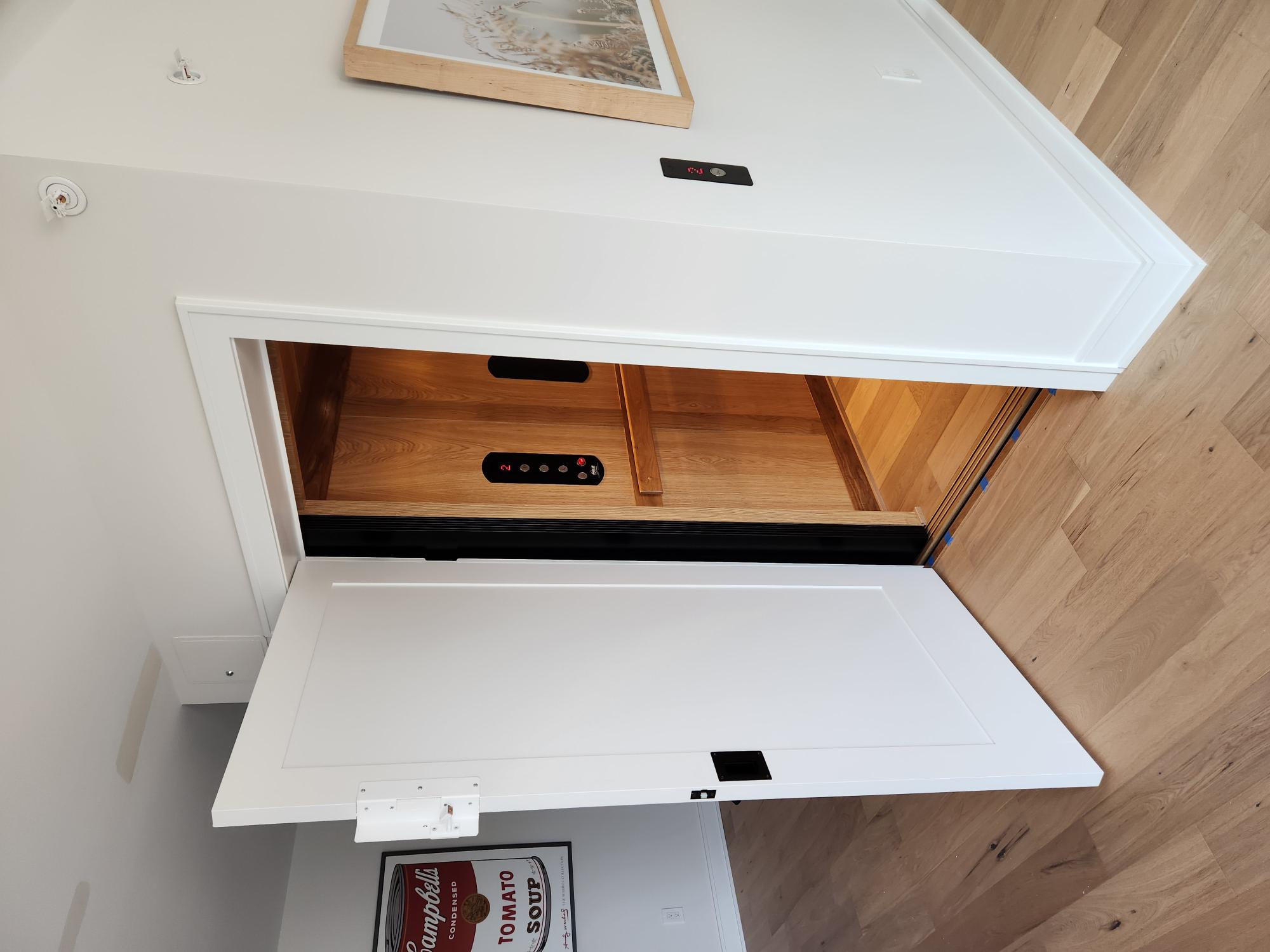Economical Lift Repair Near Me: Professional Service Technicians at Your Solution
Economical Lift Repair Near Me: Professional Service Technicians at Your Solution
Blog Article
Exploring the World of Lifts: Typical Issues Dealt With by Different Lift Mechanisms
As we browse through the vertical transport systems of modern structures, lifts stand out as an indispensable element of our day-to-day lives. From hydraulic elevators to traction systems and machine-room-less layouts, each lift kind comes with its set of usual issues.
Hydraulic Elevators
Hydraulic lifts, frequently liked for low-rise structures, utilize fluid pressure to manage the motion of the elevator automobile (lift repair companies). This mechanism involves a hydraulic pump pushing oil into a cylinder, triggering the elevator to relocate in the desired direction. While hydraulic elevators are known for their smooth and quiet procedure, they do come with their very own collection of common problems
One widespread trouble with hydraulic lifts is oil leakage. Furthermore, problems with the control system, such as faulty shutoffs or a malfunctioning pump, can cause disruptions in the lift's motion.
Regular maintenance and punctual repair work are crucial to make sure the smooth functioning of hydraulic lifts. By attending to these typical issues proactively, structure proprietors can reduce downtime and ensure the safety and efficiency of their vertical transportation system.
Traction Lifts
When taking into consideration upright transport systems in buildings, another typical type apart from hydraulic elevators is the grip elevator. Traction elevators operate using a system of ropes and counterweights that move the lift car by gripping onto the hoist ropes. This device permits smoother and faster upright transportation contrasted to hydraulic systems.
Among the usual concerns faced by grip elevators is rope wear. The constant activity of the ropes within the traction system can bring about tear and use in time, possibly triggering the elevator to breakdown or come to be harmful for use. Normal inspections and maintenance of the ropes are vital to ensure the elevator's proper functioning and security.
Another problem that grip elevators may come across is associated with the control system. Problems with the control system can cause concerns such as unpredictable activity, delays in response times, and even full closures. Routine screening and upkeep of the control system are vital to stop such concerns and guarantee the lift's reliability.
Machine-Room-Less (MRL) Elevators

One of the key parts of MRL elevators is the compact gearless grip device look at here that is mounted within the hoistway. This maker effectively drives the lift auto without the demand for bulky equipment located in typical traction lifts. In addition, MRL elevators normally utilize a weight system to stabilize the cars and truck, further improving their energy effectiveness.
In spite of their benefits, MRL elevators may encounter challenges associated with upkeep and repair service due to the confined area for tools installation. Availability for servicing parts within the shaft can be restricted, needing specialized training for specialists. Appropriate upkeep routines and normal inspections are important to ensure the continued smooth procedure of MRL lifts.
Overloading and Weight Limit Issues
Are elevators furnished to manage excess weight lots successfully and safely? Overwhelming and weight limit issues are critical problems in elevator procedures. Lift manufacturers layout raises with certain weight abilities to ensure guest safety and equipment longevity. Going beyond these weight limitations can cause different issues, including mechanical failures, delays, and safety risks.
When lifts are overwhelmed, it places too much pressure on the electric motor, cords, and various other elements, potentially triggering malfunctions or malfunctions. If they detect excess weight, security systems such as sensors and overload sensing units are in place to protect against elevators from moving. In addition, surpassing read here weight limits can cause enhanced power usage and wear and tear on the lift system.
To reduce overloading problems, constructing supervisors should plainly display weight limitations in lifts and inform owners on the importance of sticking to these restrictions - lift repair companies. Regular upkeep checks by qualified professionals can also assist make certain that lifts are operating within risk-free weight criteria. By dealing with overloading and weight limitation concerns proactively, building owners can boost elevator safety and effectiveness
Electric System Failures
Going beyond weight limits in lifts can not only cause mechanical issues but likewise possibly add to electrical system failures within the lift infrastructure. Electric system failures are a vital issue in elevator procedure, as they can cause unforeseen shutdowns, breakdowns, and even safety and security hazards. One typical electrical problem is the getting too hot of parts due to extreme present circulation triggered by straining the elevator past its ability. This can bring about harm to the electric motor, control, or circuitry systems, causing costly repair services and downtime.
In addition, power surges or changes in the electric supply can additionally interfere with the lift's procedure, impacting its performance and safety and security. These electric disruptions can harm sensitive lift parts such as control board, circuit card, or sensors, pop over here leading to system failings. Routine maintenance and inspections are crucial to recognize and attend to prospective electrical issues without delay, ensuring the efficient and secure procedure of elevator systems. By sticking to weight limitations and carrying out regular electrical system checks, building proprietors can mitigate the threat of electrical failings in elevators.
Conclusion

Hydraulic elevators, typically chosen for low-rise structures, use fluid stress to manage the activity of the elevator auto.When thinking about upright transportation systems in buildings, an additional usual type apart from hydraulic elevators is the traction lift. Traction elevators run using a system of ropes and weights that relocate the lift vehicle by clutching onto the hoist ropes. Unlike traditional elevators that call for a separate maker space to house the devices, MRL lifts integrate most of the parts within the shaft, getting rid of the requirement for a dedicated device space.In verdict, lifts face common problems such as hydraulic breakdowns, grip system failures, and electrical system issues.
Report this page